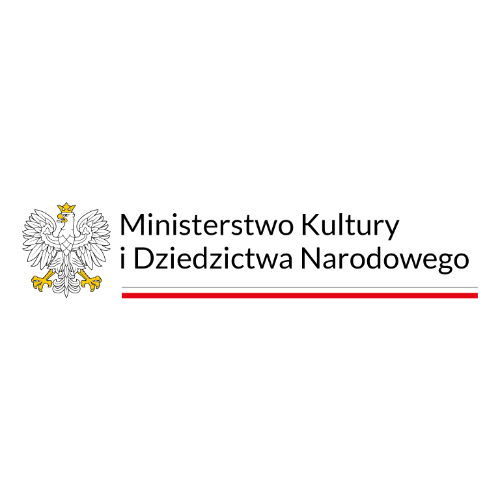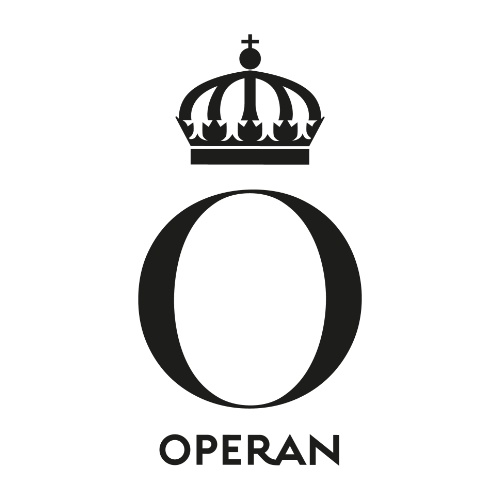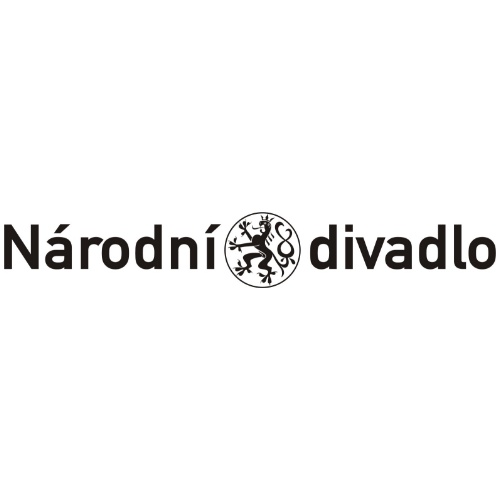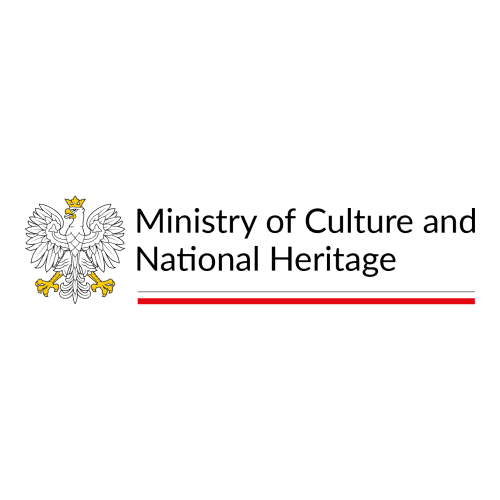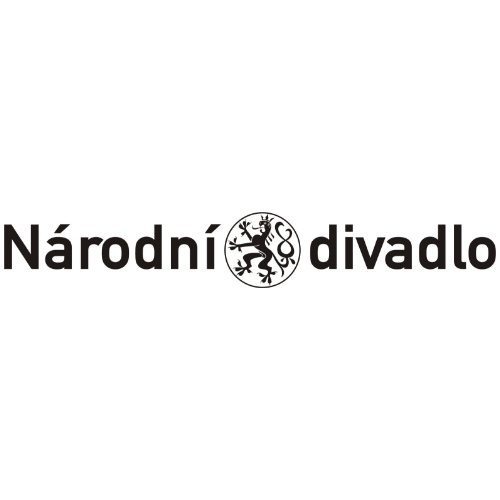King Roger
Karol Szymanowski
Opera in three acts
Libretto: Karol Szymanowski, Jarosław Iwaszkiewicz
World premiere: 19 June 1926, Warsaw
Premiere of this production: 2 December 2018, Polish National Opera, Teatr Wielki, Warsaw
Co-produced with: Royal Swedish Opera; National Theatre, Prague
In the original Polish with English surtitles
Please note the production uses strobes.
For adults only.
Ruch w Wielkim – spotkanie przed operą Król Roger
TERMIN: 6 lutego, godz. 18.30 (Butik Teatru Wielkiego)
Gośćmi spotkania będą: Łukasz Goliński (Król Roger), Pavlo Tolstoy (Pasterz), Michał Klauza (dyrygent)
Prowadzenie: Krzysztof Stefański > WIĘCEJ
Mariusz Treliński has staged King Roger three times already. The first production opened in 2000 at the Polish National Opera Budner Jacek Kaspszyk with Wojciech Drabowicz in the title role. The work was drawing on ancient rituals, symbols, and archetypes, creating a mystical story about a clash of two religions: Christianity and cult of Dionysus, one new one old.
Seven years later Mr Treliński directed Roger for the Wrocław Opera together with Ewa Michnik. The main part was entrusted to Andrzej Dobber. This time round, Treliński approached the piece from a modern perspective, focusing on the process of self-inspection and mental crisis that allow Roger to discover truth about himself, grow as a person, and renounce life based on the cult of power and violence. The shepherd was an outsider, a rebel, and a seductive messenger heralding the possibility of escaping the trap of one’s bad life.
Eighteen years later the director revisited the Szymanowski piece for the Polish National Opera, Royal Swedish Opera, and National Theatre in Prague. He believes King Roger to be complex and difficult and at the same time the most beautiful Polish pieces of music. Each new staging, he claims, is a new journey and the Szymanowski work is one of the milestone in contemporary understanding of opera.
King Roger is indeed a work of broad intellectual and artistic horizons, a result of Karol Szymanowski’s colourful journeys to the south of Europe and his interest in antique and Arab culture which he read about extensively. The opera brings together the exoticism of the Orient and Dionysian myth, which were so absorbing to the composer also in the context of Nietzsche’s works.
In 1911 Szymanowski went to Sicily together with Stefan Spiess, his well-to-do friend, industrialist, and art lover. They returned to the island three years later, this time also visiting Algiers, Biskra and Tunis. In 1917 35-year-old Karol and his adored cousin, poet and writer Jarosław Iwaszkiewicz came up with the idea to write a ‘Sicilian tragedy’. Szymanowski was attracted to opera, although his first attempt, the one-act Hagith, a Biblical-erotic work written in 1914, was not very successful: the composer did not avoid making beginner mistakes typical for this difficult genre. He did not get discouraged though: ‘Music for the stage is indeed a magical medium,’ he believed.
The first drafts for King Roger at the turn of 1917 and 1918 in Elysavet (present-day Ukraine), a city where Iwaszkiewicz stayed and where the Szymanowski family had moved from Tymoshivka. Seeing the world they knew collapse before their eyes, the two artists sought refuge in magic fiction conjured up by their imagination. Iwaszkiewicz completed the libretto in 1920, following which Szymanowski introduced considerable additions, putting in garlands of worlds. The work was not progressing as he would have wanted: the composer’s mind was somewhere else, in the mountains, pondering Podhale folklore which enchanted him during his first visit to Zakopane in 1921. It was as if the move to Poland where he settled after the Great War having been forced to leave his native Ukrainian steppes and his travels to the South have woken him up from the Oriental dream of his youth.
He finished the ‘goddamn opera’, as he then called it, in the summer of 1924. The most time-consuming part was the instrumentation of the not very long piece. It opened at the Teatr Wielki in Warsaw on 19 June 1926 under Emil Młynarski. The production was directed by Adolf Popławski and designed by Wincenty Drabik. The premiere cast’s Roger was Eugeniusz Mossakowski, Shepherd Adam Dobosz, while the composer’s sister, Stanisława Szymanowska portrayed the queen consort, Roksana.
King Roger concluded a period in Karol Szymanowski’s art that was inspired by ancient history and the Orient and that produced such beautifully sensual works as The Love Songs of Hafiz, Myths for violin and piano, Symphony No. 3 ‘Songs of the Night’, a musical setting of poetry by Persian artist Rumi, or Violin Concerto No. 1. When King Roger was played in Warsaw, the opera’s author had already written Stabat Mater inspired by folk Catholicism and was giving serious thought to Harnasie. Still, years later, he came to the conclusion that King Roger had been the best piece of music he had penned.
In 1949 the opera was staged at Sicily’s Teatro Massimo that overlooks Palermo. Jarosław Iwaszkiewicz, who was in attendance, wrote that the production directed by Bronisław Horowicz, a student of Leon Schiller, was ‘close to perfection’. Iwaszkiewicz’s daughter who watched the show alongside her father noted that real-life Sicily was nowhere close to the mythical one deemed up in Szymanowski’s opera. This is no coincidence: ‘King Roger’s Sicily is a region in the composer’s soul,’ stated Iwaszkiewicz in his book Spotkania z Szymanowskim (Meetings with Szymanowski).
King Roger enjoyed a major international revival in 1998 after Sir Simon Rattle, then the head of the City of Birmingham Symphony Orchestra, conducted it at the BBC Proms and recorded it in full for EMI. Since then the ‘goddamn opera’ has been shown in Paris, London, Madrid and Bilbao, Santa Fe, Frankfurt and Bregenz, Sydney, and Melbourne. Szymanowski would have been pleased.
-
Time is measured by
-

Cast
Credits
Chorus and Orchestra of the Teatr Wielki – Polish National Opera
Dancers, actors, and children of the Artos Children's Choir
Synopsis
Sponsors
-
Sfinansowano ze środków MKiDN w ramach Programu Wieloletniego NIEPODLEGŁA na lata 2017-2022
-
Spektakl wyprodukowano we współpracy z Instytutem Adama Mickiewicza w ramach programu Polska Music oraz programu Polska 100, międzynarodowego programu kulturalnego ogłoszonego dla uczczenia Stulecia Odzyskania przez Polskę Niepodległości
-
Mecenas Teatru Wielkiego - Opery Narodowej
-
Partnerzy Teatru Wielkiego - Opery Narodowej
-
Spektakl w koprodukcji z
-
Partner technologiczny
-
Financed by the Ministry of Culture and National Heritage of Poland as part of the NIEPODLEGŁA programme for 2017–2022.
-
Patroni medialni
-
Produced in association with the Adam Mickiewicz Institute as part of the Polska Music programme and the Polska 100 programme, an international cultural programme marking the centenary of the recovery of Polish independence.
-
Media patrons
-
Patron of Teatr Wielki – Polish National Opera
-
Partners of Teatr Wielki – Polish National Opera
-
Co-produced with:
-
Technological partner
-
Media patrons





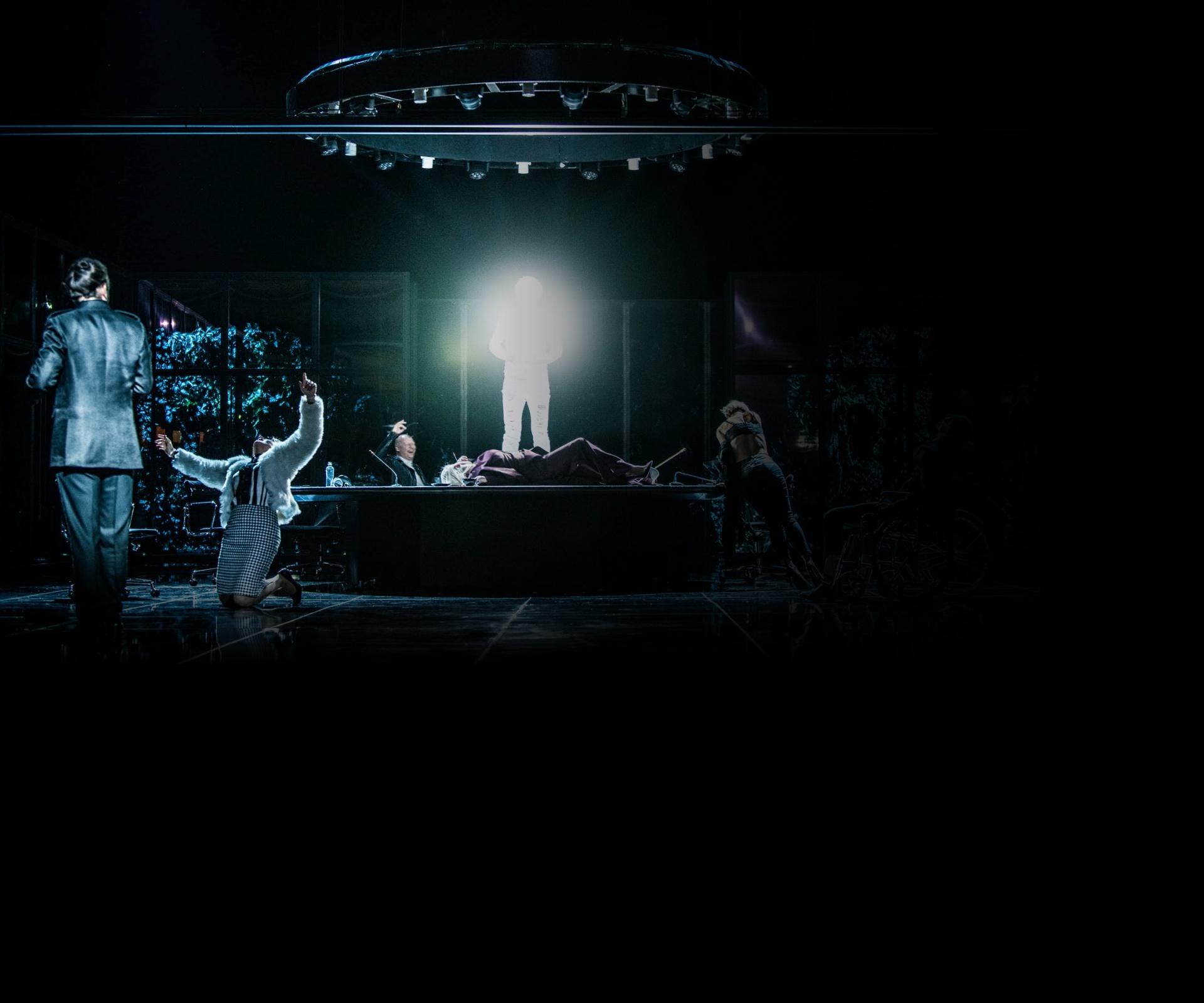

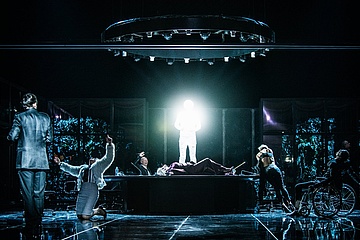
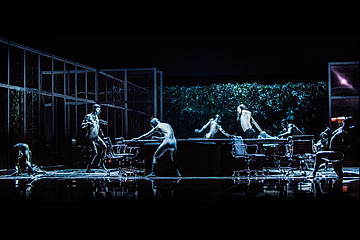
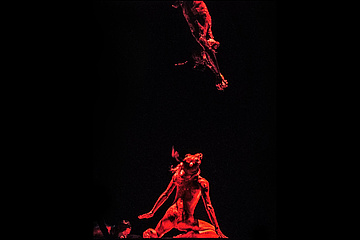
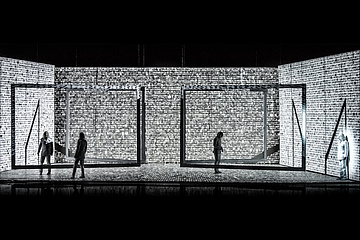
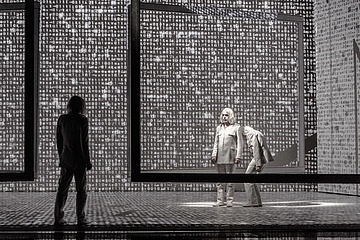
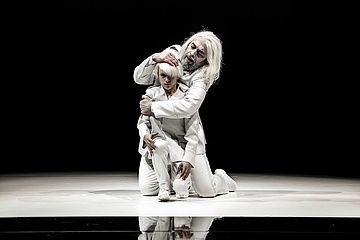
![[Translate to English:]](/fileadmin/_processed_/f/6/csm_csm_Lukasz_Golinski_1176ab8f54_8b4929cf33.png) Łukasz Goliński
Łukasz Goliński  Ruslana Koval
Ruslana Koval  Tomasz Rak
Tomasz Rak  Anna Bernacka
Anna Bernacka  Pavlo Tolstoy
Pavlo Tolstoy  Grzegorz Pelutis
Grzegorz Pelutis  Mariusz Treliński
Mariusz Treliński ![[Translate to English:] Boris Kudlička](/fileadmin/_processed_/7/a/csm_Boris_Kudlicka_4424_www_8b991ee181.jpg) Boris Kudlička
Boris Kudlička  Konrad Parol
Konrad Parol  Marc Heinz
Marc Heinz  Bartek Macias
Bartek Macias  Tomasz Jan Wygoda
Tomasz Jan Wygoda  Piotr Gruszczyński
Piotr Gruszczyński  Waldemar Pokromski
Waldemar Pokromski 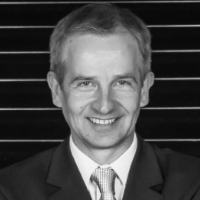 Mirosław Janowski
Mirosław Janowski  Danuta Chmurska
Danuta Chmurska  Michał Klauza
Michał Klauza 

